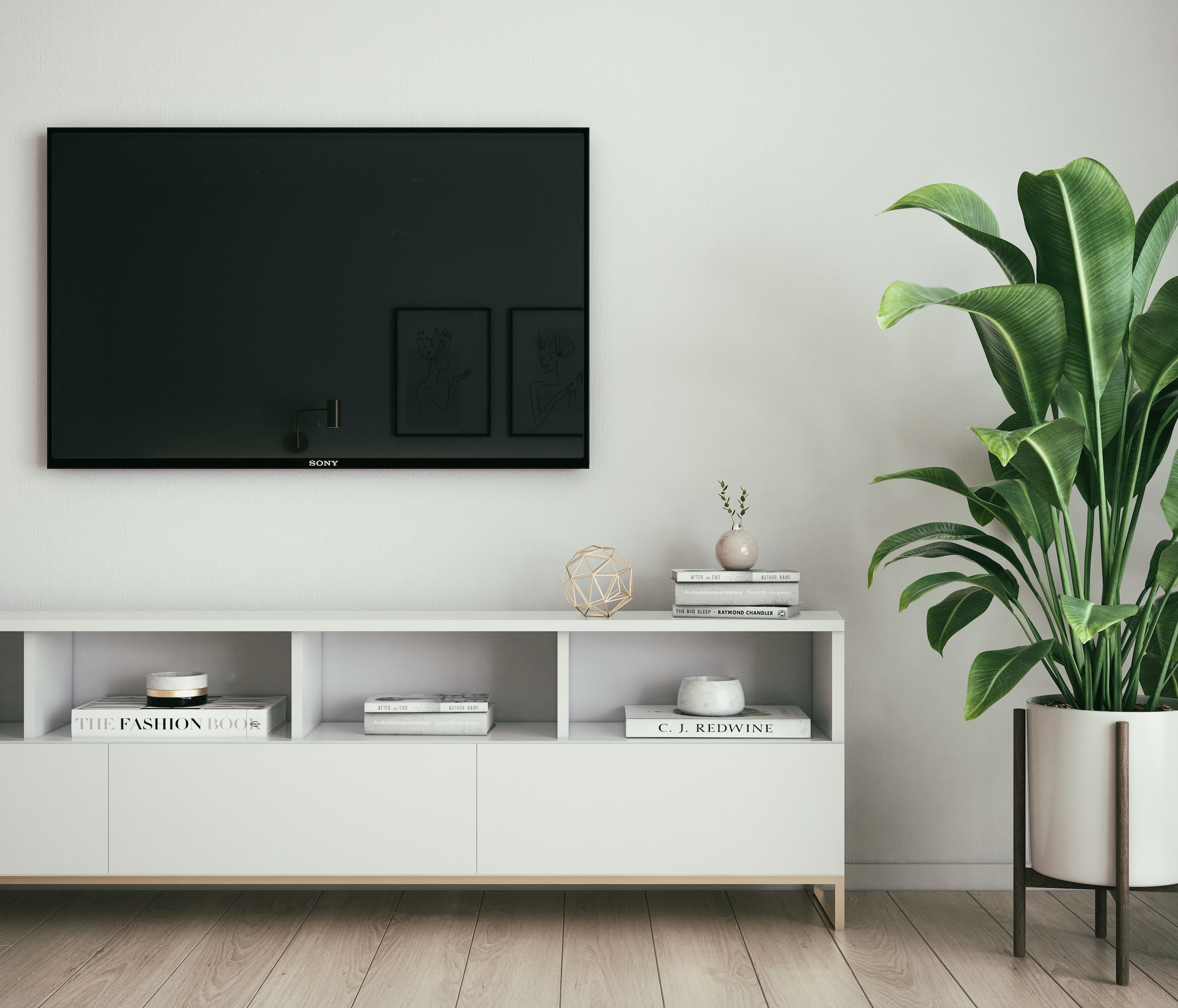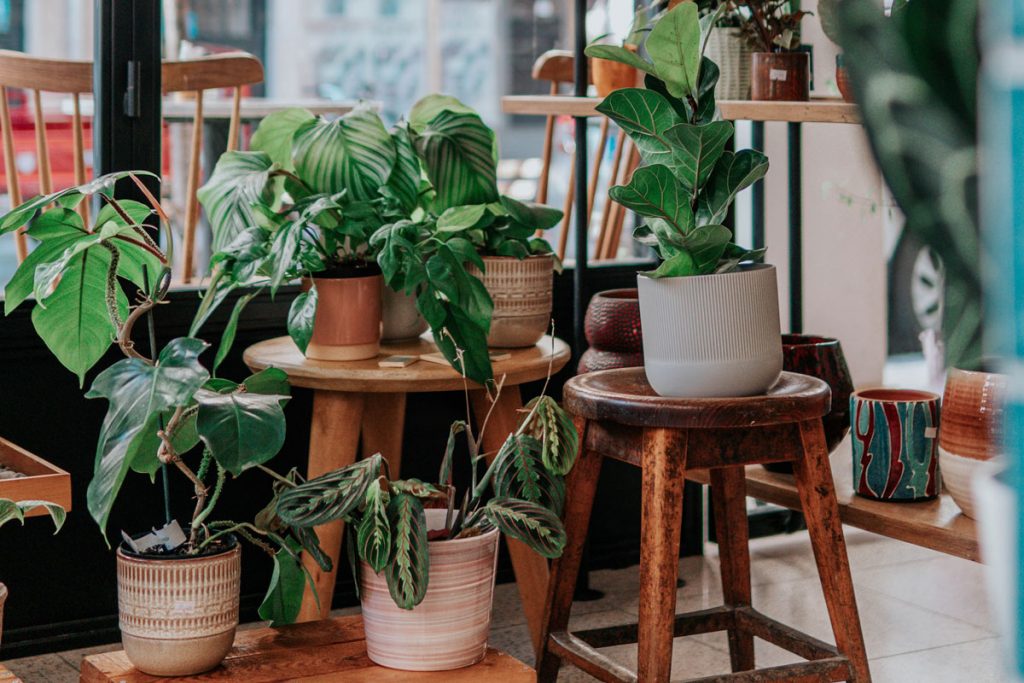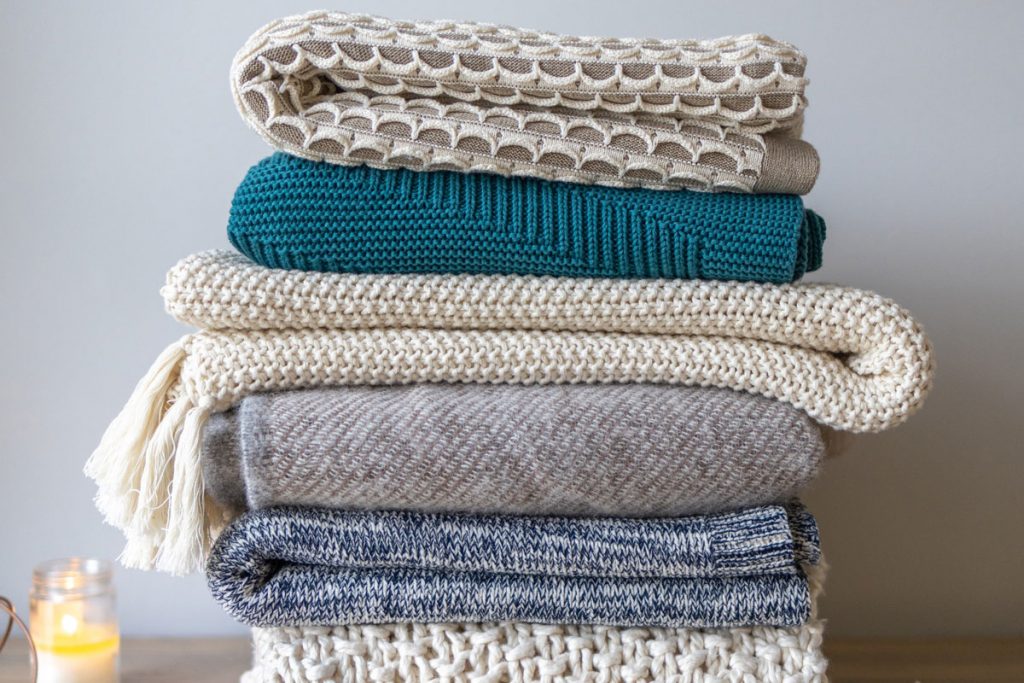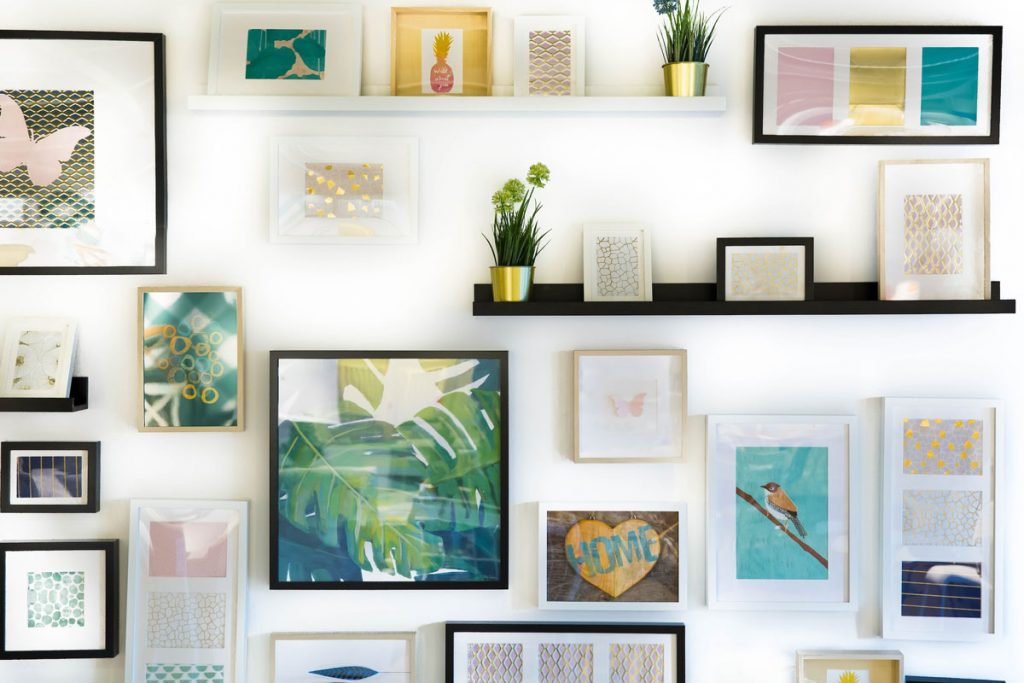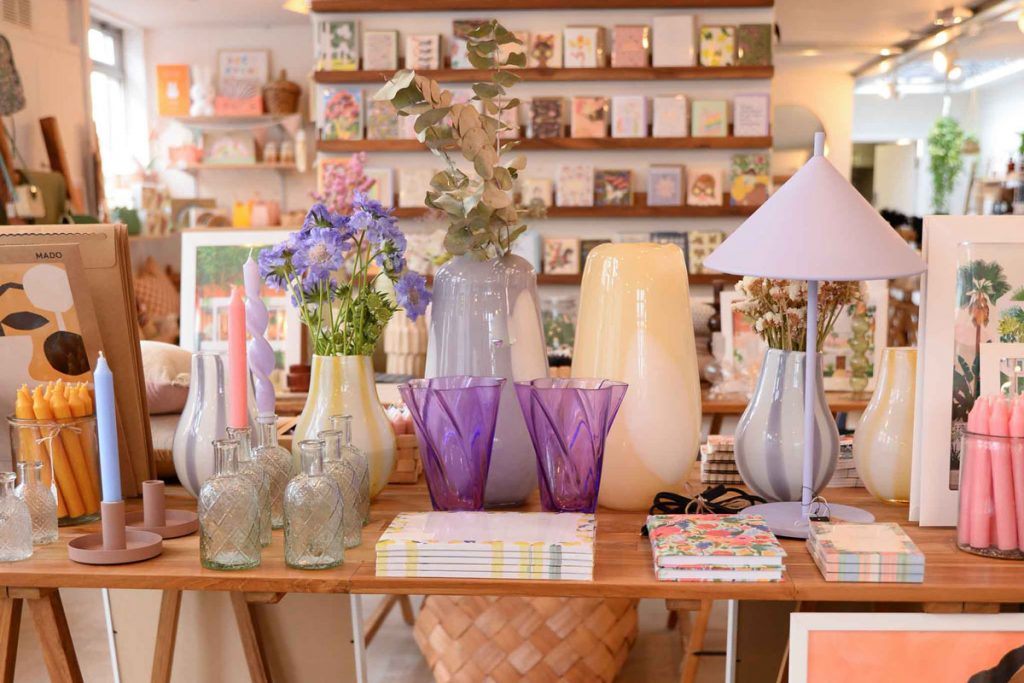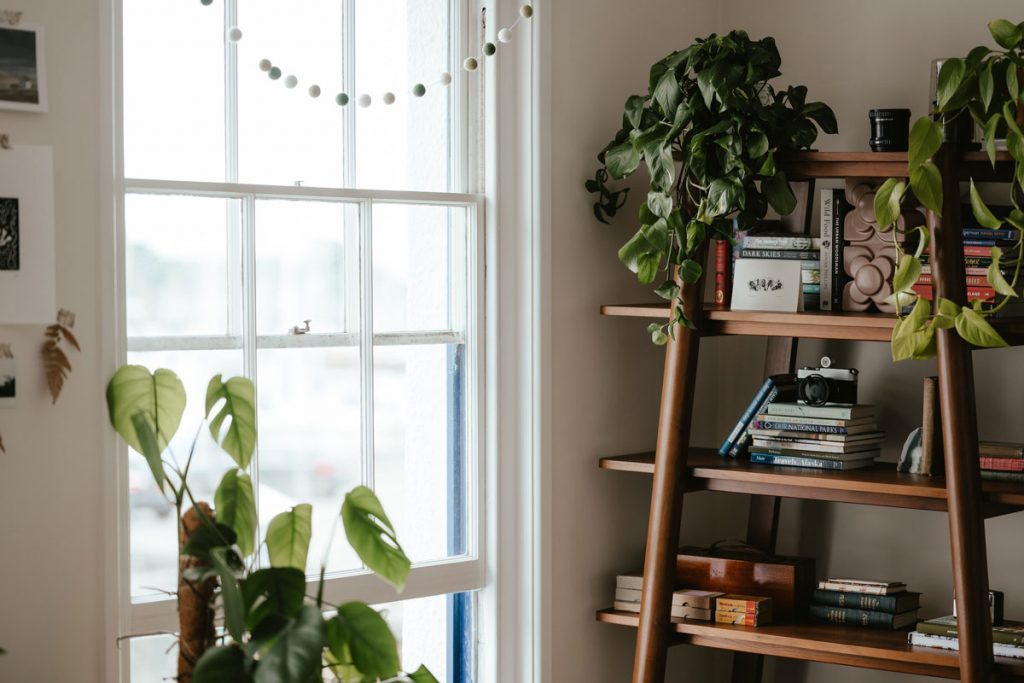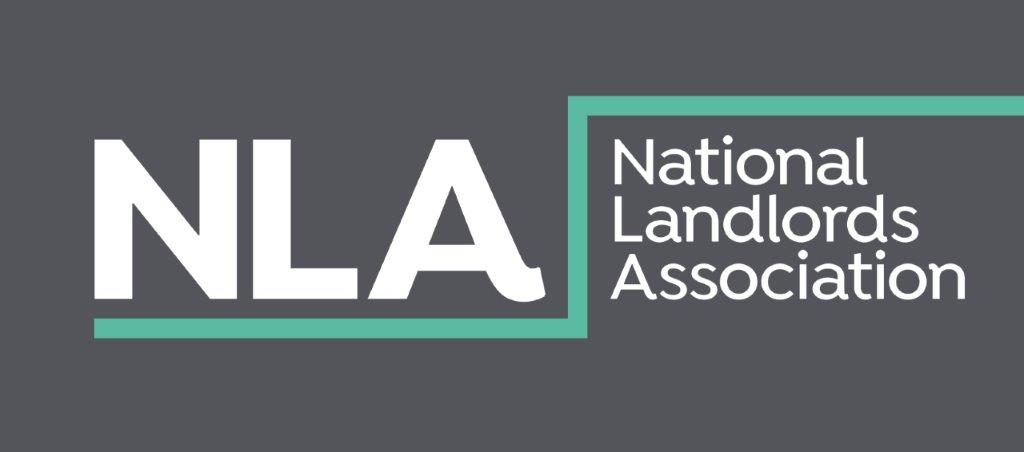
It’s the most wonderful time of the year aka the countdown to Christmas and you’re probably planning on how you are going to decorate your home for the next month (if you haven’t already had your tree up since mid-November that is). However, you can get oveerwhelmed with choice and with many of us feeling the pinch this winter, we’re looking to keep costs down as much as we can.
However, this shouldn’t stop you from decorating your home and with a little imagination and some crafty DIY, you can have the place ready for the holidays in no time, even on a budget!
1. Go through what you already have
It’s easy to get swept into the idea of needing new decorations, we get it. Shops are filled with an abundance of sparkly lights, shimmering baubles, and frosted 6ft trees but remember that you decorated your home this time last year just fine, so dig them out of the loft or cupboard and hunt through what you already have.
This is a great time to check for lights that no longer work, your fake tree isn’t missing any branches or if you’ve recently moved home, if you can find the tree entirely!
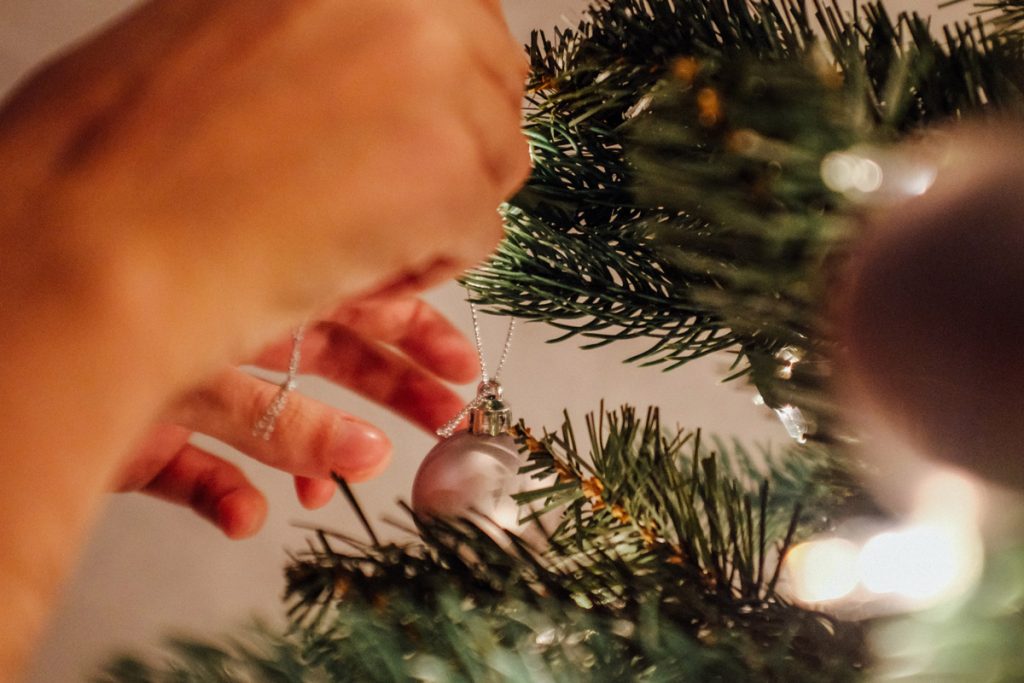
2. Think about what rooms you need to decorate
Have a think about what rooms you’ll be entertaining in during December. If you’re not hosting this year, how about just decorating your living room with a tree and some ornaments, to create a cosy, festive atmosphere.
And if you have an open plan living area, try putting up a few statement pieces throughout, instead of turning the whole space into Santa’s Grotto (unless you want to of course).
3. Less is more
Remember, you don’t have to decorate your home to the nines to make an impact. Finding a few key pieces can go a lot further than placing something sparkly in every corner of the room. And if you have a small space, adding lots of pieces can make the area look cluttered, so as mentioned, think about adding 1-2 statement pieces instead.
4. Decorate with foraged greenery
Pop on some walking shoes, grab some scissors, and get out in nature to forage some greenery. This one also doubles up as a budget friendly winter activity to do with friends or family.
You want to look out for holly, fir, spruce or willow trees, branches and pinecones. You can then make your own wreath, garlands for your stairs, table decorations and much more. Check out Pinterest for inspiration.
If you wanted to invest in some dried eucalyptus. Which you can pick up from most florists and some supermarkets. It will last you years and make for a great table centrepiece, plus it will smell amazing in your home.
5. Christmas wrapping
Christmas wrapping paper can add up if you’re buying for lots of people, not to mention the sustainability factor of wrapping paper.
Buying a big roll of brown craft paper is a great way to save money and it can be recycled. You can then spice it up with different ribbons/string, add your own DIY tags, pinecones, bows etc. and completely customize your wrapping cheaply.
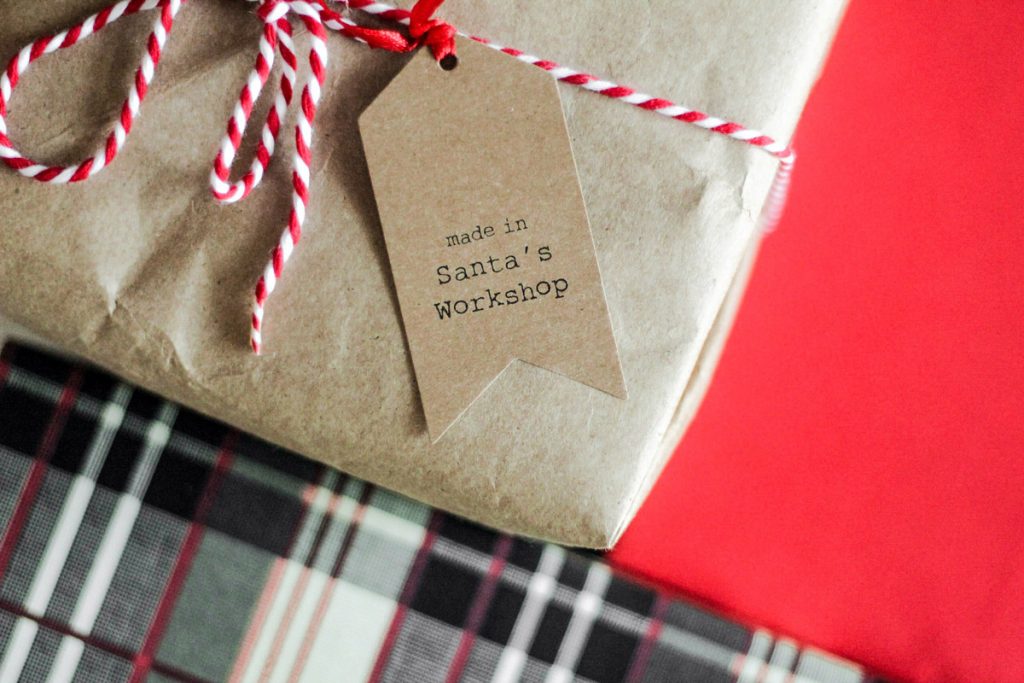
6. Choose a colour scheme and stick to it
It’s easy to want to add pops of colour through Xmas decorations and if they work with your current decor then by all means go ahead and make Christmas colourful.
But, if you want something that will last you years, that you can take from one home to another, try sticking to neutral tones such as golds and silvers. These will work with any room and make it easy to add things to the collection in the future.
7. Can you make something instead of buying it?
We understand that not everyone has an artistic side and making your own decorations or ornaments isn’t everyone’s cup of tea.
However, there are so many things you can make at home for Christmas such as a wreath (which can be pretty expensive to buy), you can spray pine cones with fake snow and tie on some string to make a garland or for table placements or centrepieces. Check out some ideas here.
If you have littles ones, why not get some clay and cutters or slice and dry out oranges to make your own tree decorations. As well as being cost effective, this is also a great festive activity to do as a family.

8. Tap into the other senses
Instead of only thinking about what visually looks good, tap into the other senses such as smell with scented candles, tree scent sticks, or add sprigs of rosemary or thyme to napkin holders or gift tags.
Adding cosy Christmas themed cushions and throws to the sofa is another great way to add festive touches and as the months get colder, we can never have to many throws. You can pick up some great ones from IKEA, Primark, supermarket home sections etc.
And finally, playing Christmas songs is a sure fire way to get people who enter your home in the festive mood!
9. Real vs fake
If you need to buy a tree, decide whether you need a real tree or whether you could buy a fake one that’ll last you years. Fake trees look great nowadays and can help you save money in the years to come.
If you don’t have the space to store a fake tree come January, make sure you hunt around for the best deal when it comes to real Christmas trees.
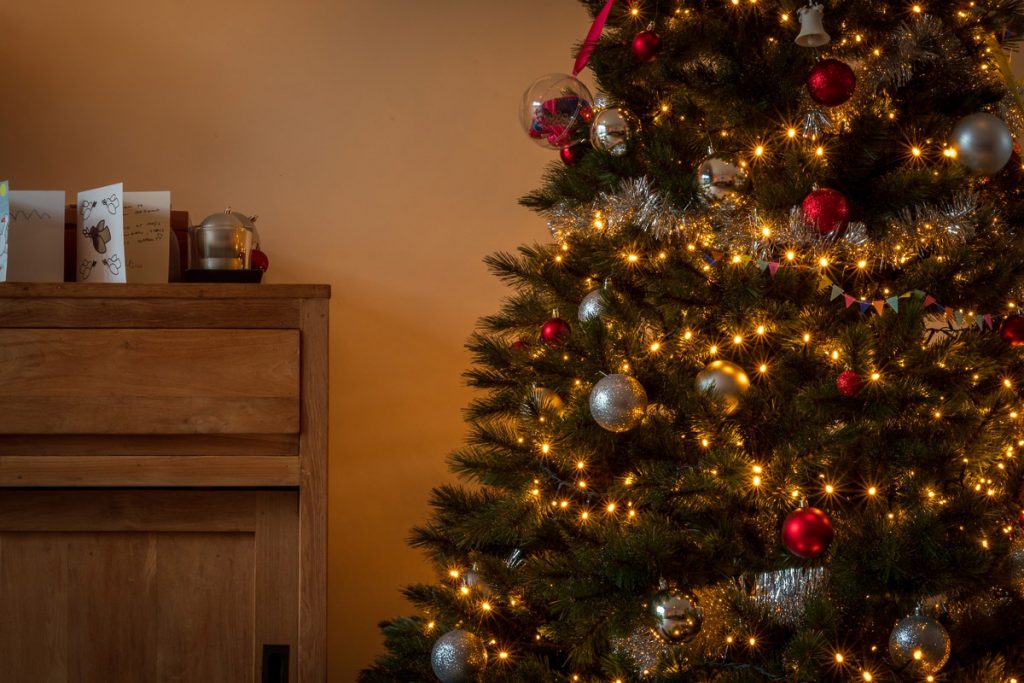
10. Two words, fairy lights!
Fairy lights are a great way to add sparkle to any room or space. You can purchase them from almost any homeware shop, supermarket, IKEA etc. and they are fairly versatile. Fairy lights can be battery powered or plugged into the mains, so if you wanted to add lights to an awkward area, use batteries and keep plug-ins for the tree.
Lights also come in a multitude of colours, cool or warm tones, ones that twinkle and even lights that flash to the sounds of jingle bells – crazy!
So there you have it, some tips on how to save some pennies this Christmas when decorating your home. No matter whether you’re a homeowner or you rent a space, you can ensure it gets the festive touches it deserves, even on a budget.
If a winter vacation isn’t in your budget either this winter, then why not book a staycation in Bristol? Check out our short let properties here.






